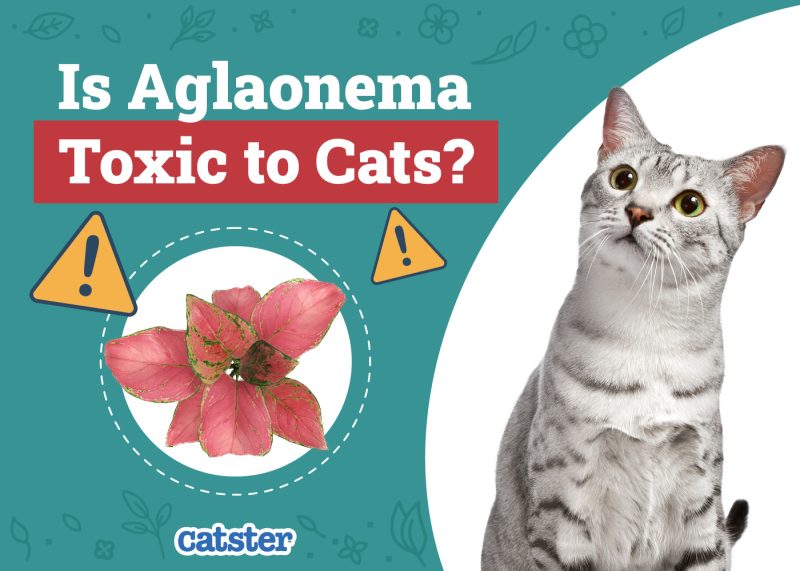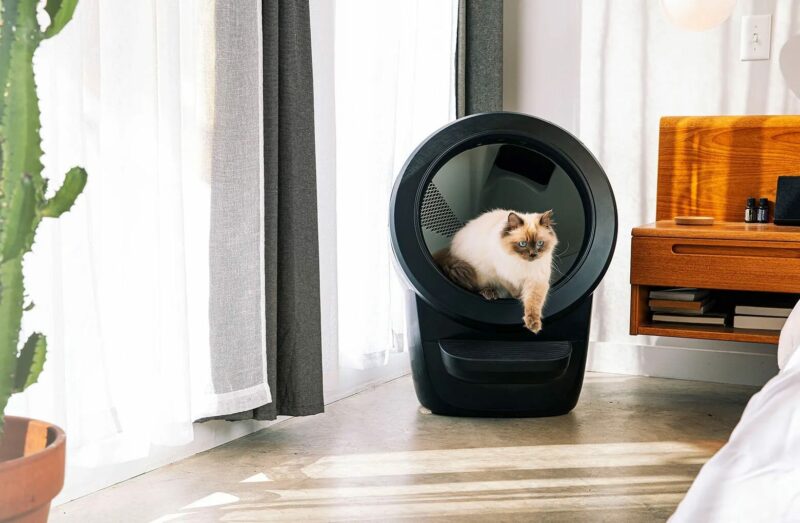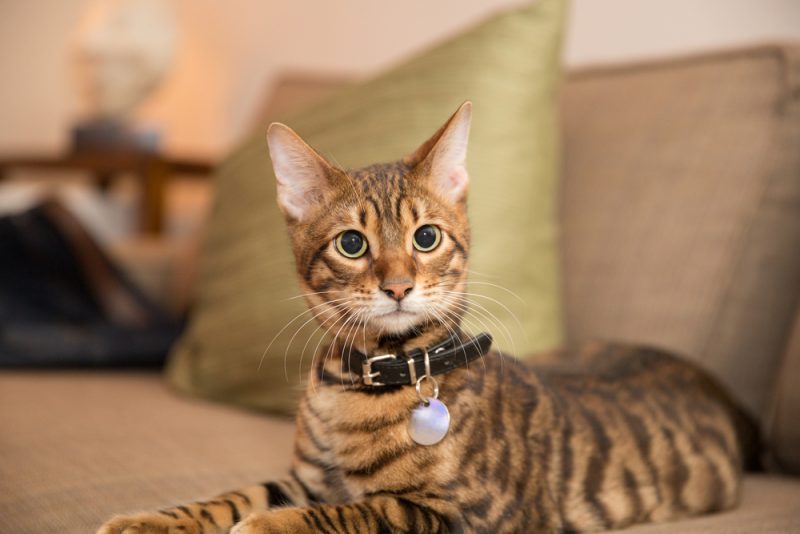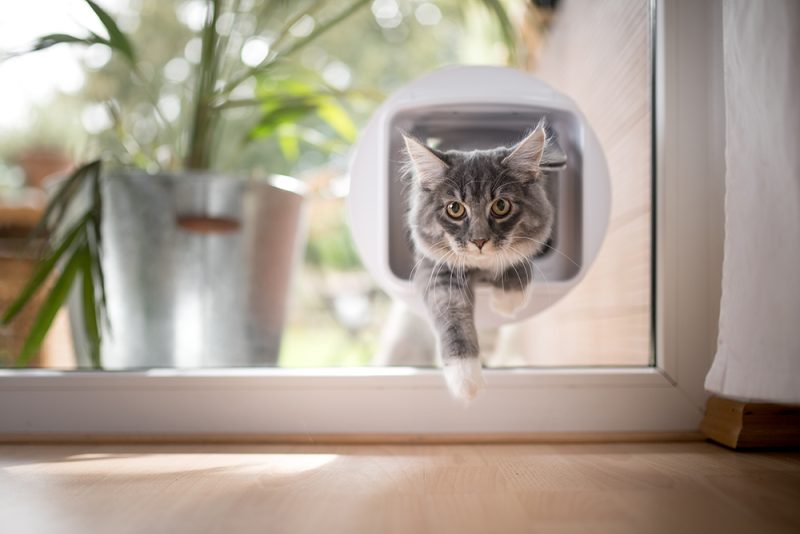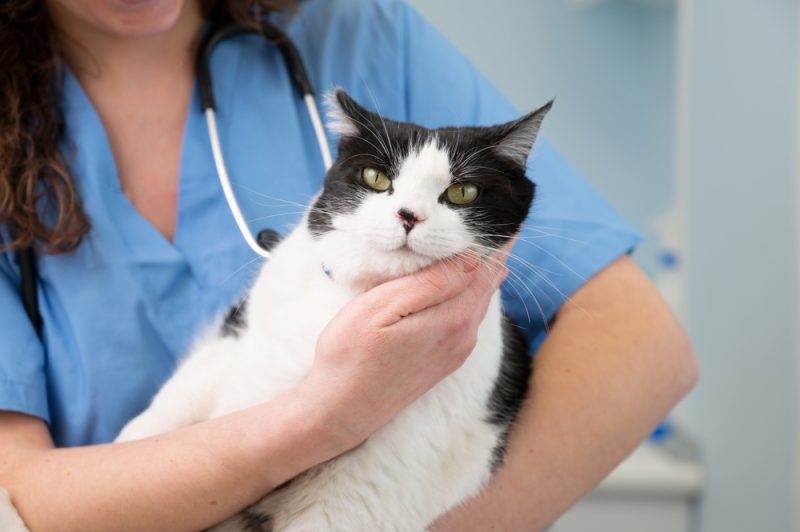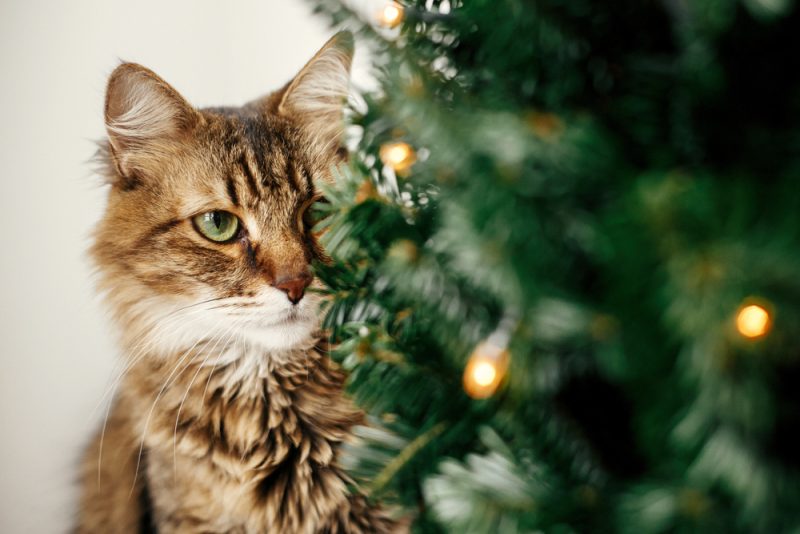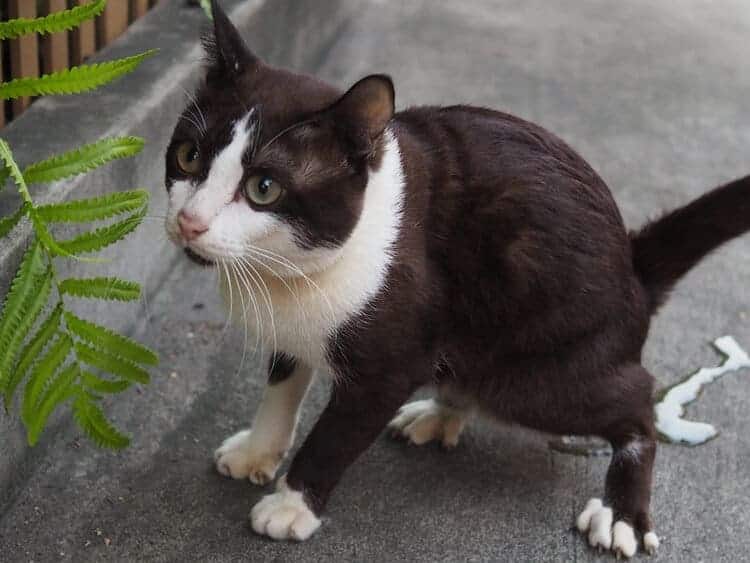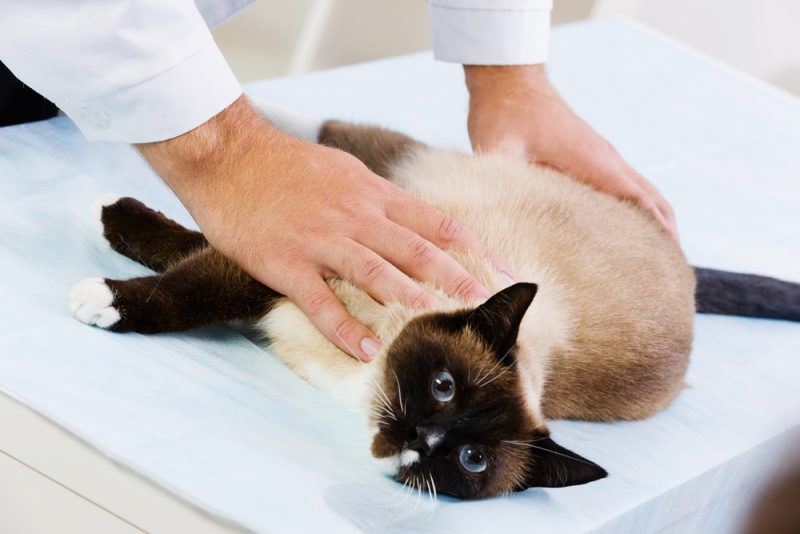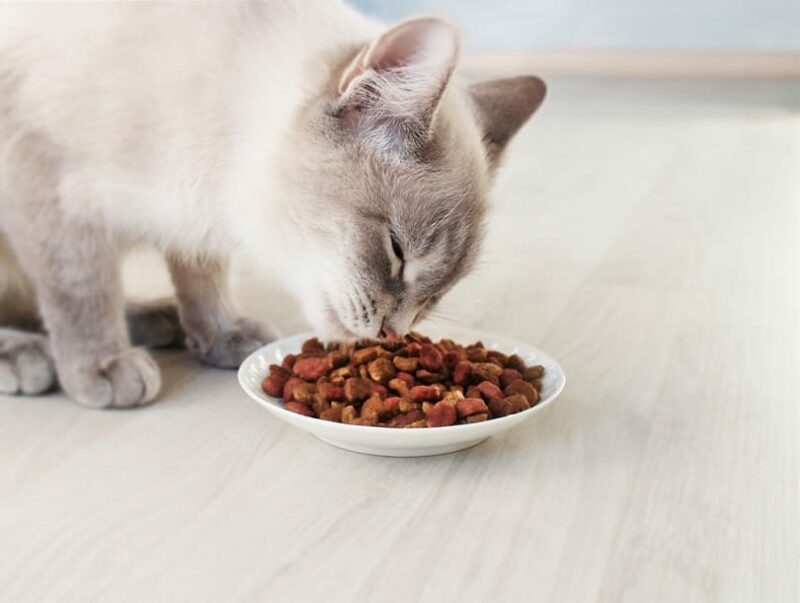In this article
View 3 More +House plants are a fantastic way to give your home some life, so much so that many people have taken up the role of plant parents, adorning their space with greenery.
Aglaonema commutatum, also known as the Chinese evergreen plant, is a popular houseplant thanks to its resilient nature and beautiful aesthetic. If you are a cat owner, you need to know that some plants are not safe to have around your feline friend, but is the aglaonema toxic to cats?
Cats are curious when there is a houseplant sharing space with them, and they may nibble the leaves, dig up the soil, or even rub against them. Unfortunately, the aglaonema is not a good housemate for your kitty. They are toxic to cats, dogs, and even horses.
So, how toxic are aglaonemas? We will look at the signs, what you can do for your cat if they ingest it, and tips for keeping your feline friend safe.

Why Are Aglaonema Plants Toxic for Cats?
The aglaonema is toxic to cats due to the insoluble calcium oxalate crystals. All parts of the plant are toxic, but the crystals are concentrated in the leaves and stem. The needle-shaped (raphide) crystals penetrate the oral tissue, which will irritate the mouth, causing pain and burning, as well as gastrointestinal discomfort and possibly swelling of the upper airway if swallowed or inhaled. They can cause burning pain if they get into the eyes, and irritation on the skin as well.
A few other common houseplants contain these crystals, and cat owners should be cautious of bringing them home. They include peace lilies, umbrella plants, pothos, arrowheads, elephants ear, philodendron, and dumb cane to name a few.
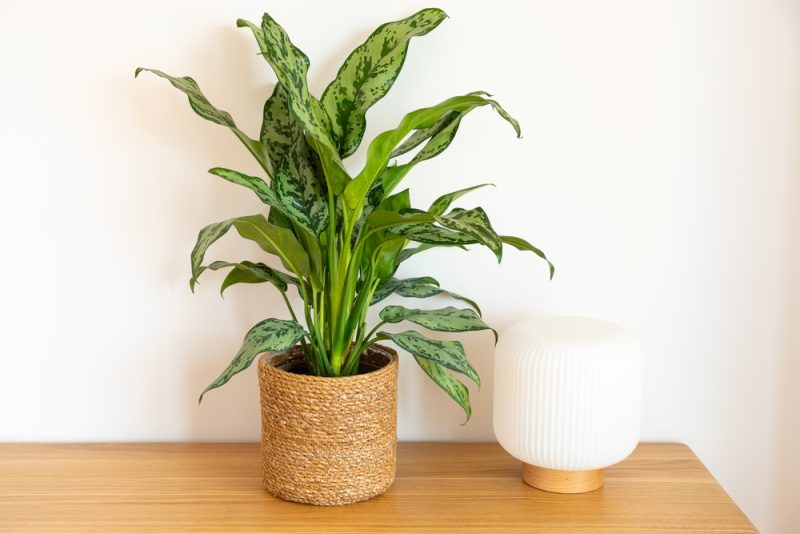
What Are the Signs of Aglaonema Poisoning?
If you suspect your cat has ingested a piece of your plant, you should contact your veterinary surgeon. Signs can appear immediately or up to 2 hours after ingestion.
Signs include:
- Excessive drooling
- Oral irritation
- Frothing
- Vomiting
- Diarrhea
- Loss of appetite
- Swelling of the throat
- Choking
- Difficulty breathing
If your cat has ingested a large quantity of the aglaonema, the signs can be more severe and lead to:
- Dyspnea- fast, shallow gasps
- Severe gastrointestinal upset
What to Do If Your Cat Ingests Aglaonema
If your cat has consumed your plant or even if you suspect it, treatment should start right away. Try to remain calm; most cats can recover within 24 hours, but we advise consulting your vet immediately.
If you need to speak with a vet but can't get to one, head over to PangoVet. It's an online service where you can talk to a vet online and get the advice you need for your pet — all at an affordable price!

You can help your pet when you notice signs developing by rinsing their mouth and other affected areas thoroughly with clean water. You can offer a small amount of milk or yogurt to help bind the crystals.
If your pet shows any signs of breathing or swallowing difficulties we advise getting to your vet soon for a proper diagnosis. They will start treatment to reduce the swelling and pain. Your cat will be kept under observation until breathing returns to normal.
Tips for Keeping Your Cat Safe with an Aglaonema in the House
Although it is best to keep toxic plants away from your kitty, you can still enjoy your aglaonema by being cautious and having preventative measures in place to keep your cat safe.
- You can hang your plant out of reach or in an area that your cat knows not to go.
- You can use a terrarium to keep your plant. This way, your cat is safe, and you can still see your plant. Make sure your cat can’t get inside by covering it with a wire mesh.
- You can use some pet-friendly repellents that are non-toxic to keep your cat’s curiosity at bay. You can make your repellent using lemon sprays or lemon peels to help deter your cat since they find the smell unpleasant.
- Cats love to eat grass, and you can provide your kitty with a patch of grass to satisfy its urges. You can also bait your pet with cat-friendly plants like catnip.
- If you spend a lot of time at home, make sure you provide enough playtime to alleviate boredom.

Conclusion
Although aglaonema is toxic to cats, the likelihood of it killing your cat is low, and the experience of plant poisoning can be unpleasant for you and your kitty. It is best to choose non-toxic plants, giving you peace of mind and keeping your cat safe. If your heart is set on having plants that are not pet-friendly, then proper placement and preventative measures can help them live harmoniously together, keeping both your plants and cat safe.
You might also like:
- Is Caladium Toxic to Cats? Common Houseplants Examined
- Are Cicadas Toxic to Cats? Here’s What You Need to Know!
Featured Image Credit: untungsubagyo, Shutterstock
